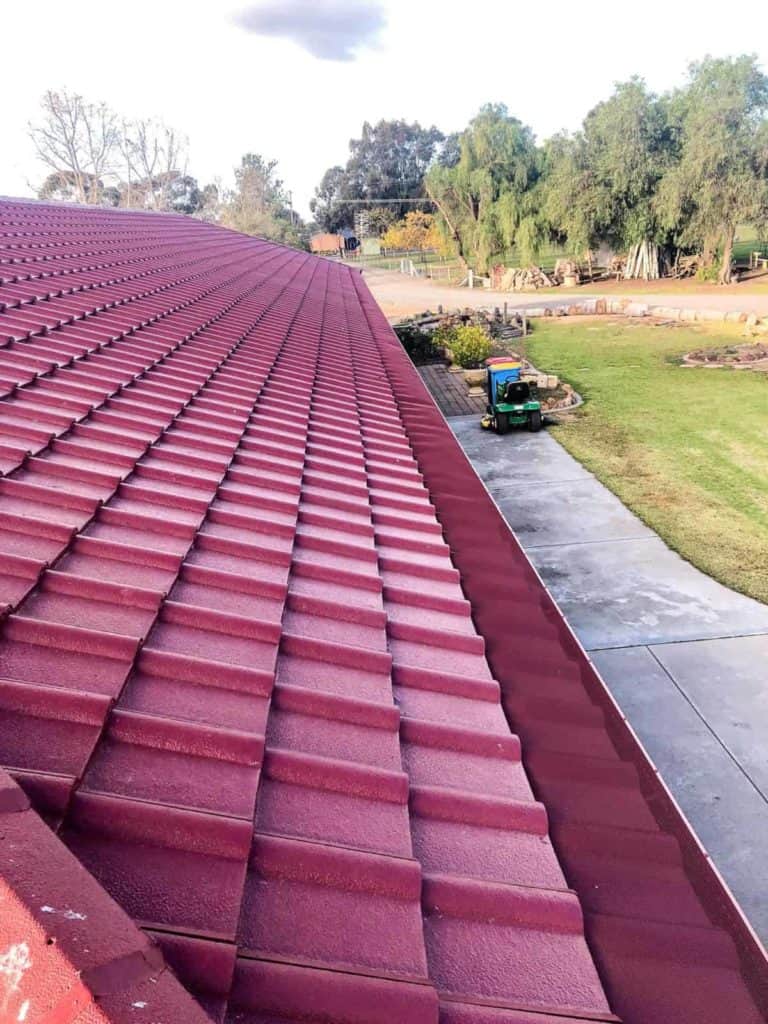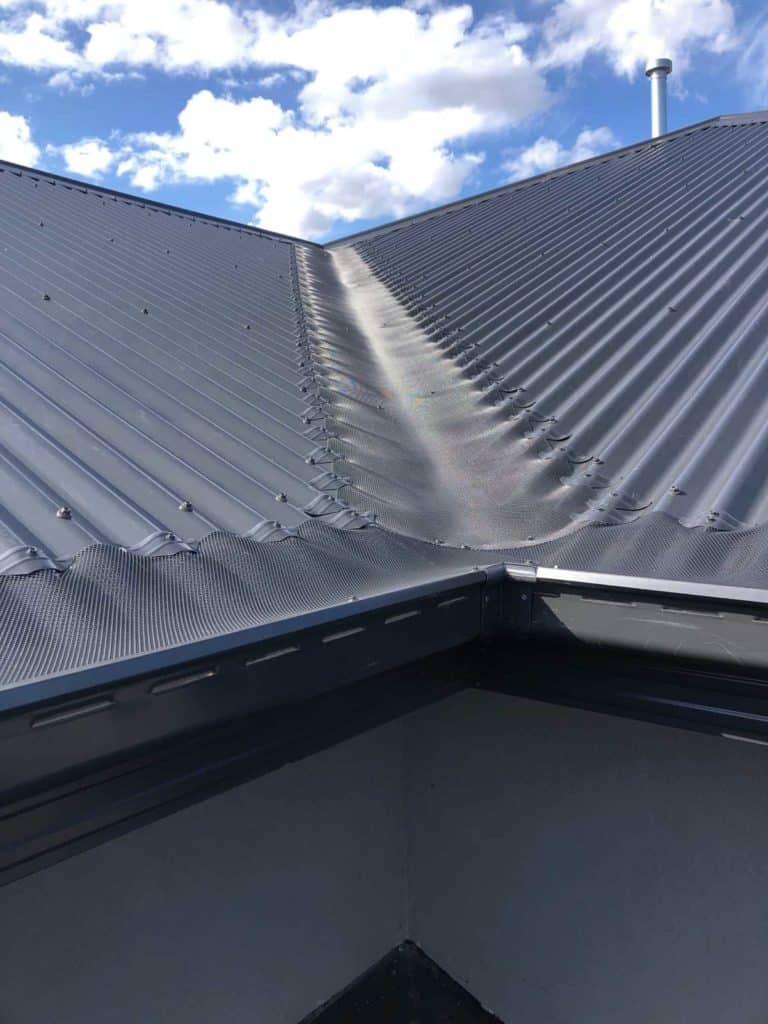Installation & Maitenance For Commercial & Residential Rainwater Harvesting Systems Melbourne
Have you optimised your rainwater harvesting system yet?
Home » Gutter Guards » Rainwater Harvesting Australia
Choosing to use rainwater as your drinking water source or around your home can make significant economic, environmental, and practical differences to your home.
That is why it is essential to ensure your rain harvesting system is optimised to meet your water demand and to give you better quality water for your family.
Aussie Gutter Protection offers Water Tank Rated gutter guard products that optimise and protect your rainwater harvesting system year-round.

- 100% no obligation-free quotes
- AS4020 water tank standards
- Over 20 years of industry experience
- Australian-owned and operated
- Australian-designed rainwater harvesting mesh products
- 20-year workmanship guarantee
- Up to 25-year product warranty
Our products are designed to filter your water at the initial stages of rainwater collection, ensuring that your water tanks are contaminants-free from leaves, organic debris, and dirt.
We value working with homeowners and new properties committed to sustainable water measures. We want to provide everyone with the safest and best gutter protection systems possible to reap the rewards of your rainwater collection system truly.
Benefits of Rainwater Harvesting
Saves you money
Increase self-sufficiency
Healthy water source
Improved drought resilience
Bushfire preparedness and protection
Meeting housing regulations
Increase your property value
Environmentally-friendly
Optimise your rainwater harvesting system with a gutter guard.
Rainwater Harvesting Systems in Australia
There two ways of harvesting rainwater: ground surface runoffs and roof rainwater harvesting. Roof rainwater harvesting is the most common water collection method for homeowners in Australia. There are four components to rainwater harvesting:
- Catchment
- Transportation
- Initial filtration
- Fine filtration
Aussie Gutters Protection initially filters the rainwater at the catchment stage of the rainwater harvesting process.
Rainwater Harvesting Considerations
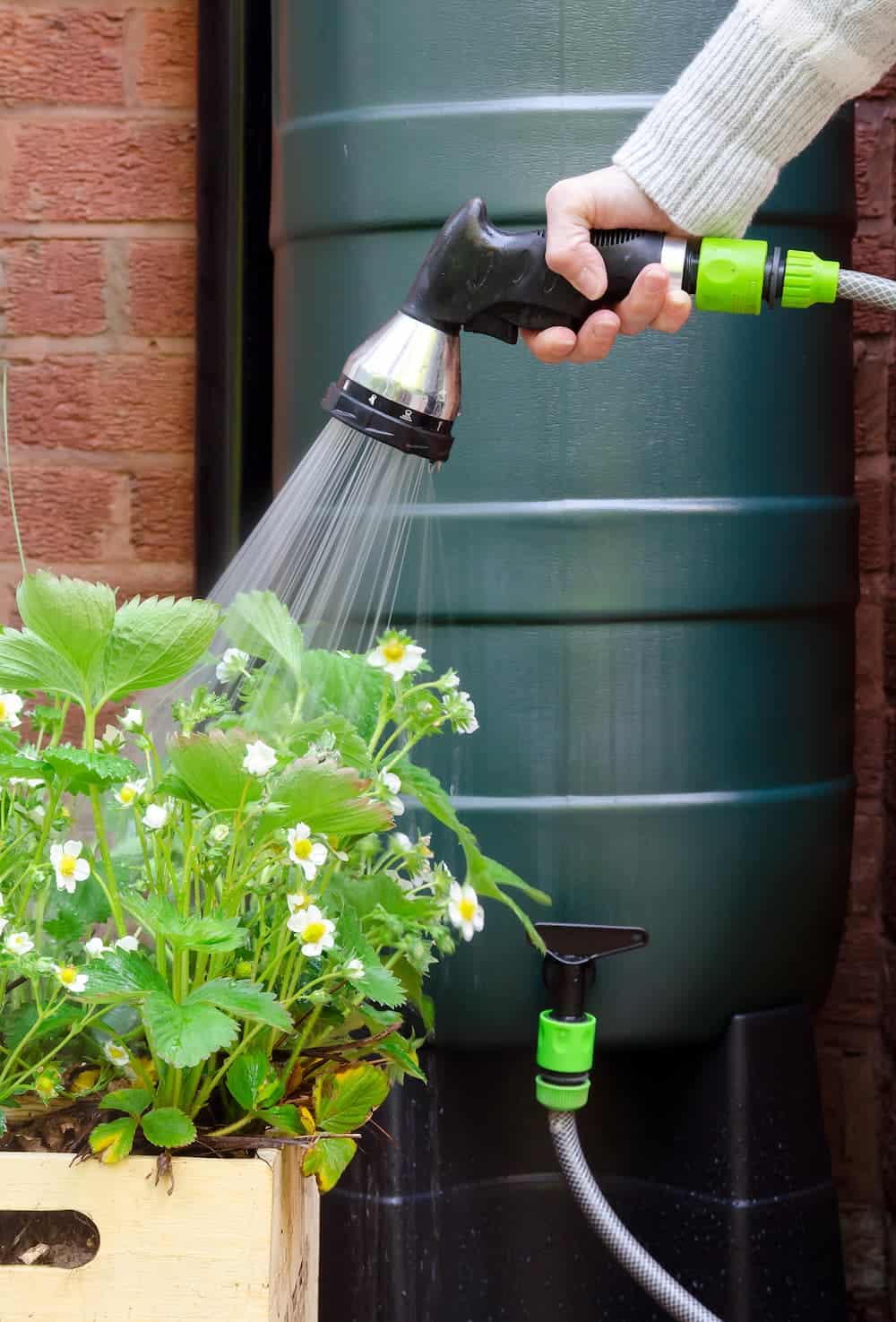
Water Usage
Every Rain Harvesting system should be designed with your specific water usage and requirements in mind. The most common uses for rain harvested water are:
- Potable water supply (drinking water use).
- Internal appliances such as toilet flushing, washing machines, dishwashing, etc.
- External water usages such as irrigation water systems, pool water supply.
- Water tank storage for drought or bushfire later use.
Your expected water usage informs your decision about what type of water quality and quantity for your rainwater collection system.
Amount of Water
Water consumption and required storage capacity vary considerably between households. You will need to estimate your current water levels to help to decide the volume of water your tank size. Things you need to consider are:
- Number of people in your household;
- Your property's size and water use;
- Current water levels based on your lifestyle;
- Water-using appliance's efficiency; and
- Roof catchment size.
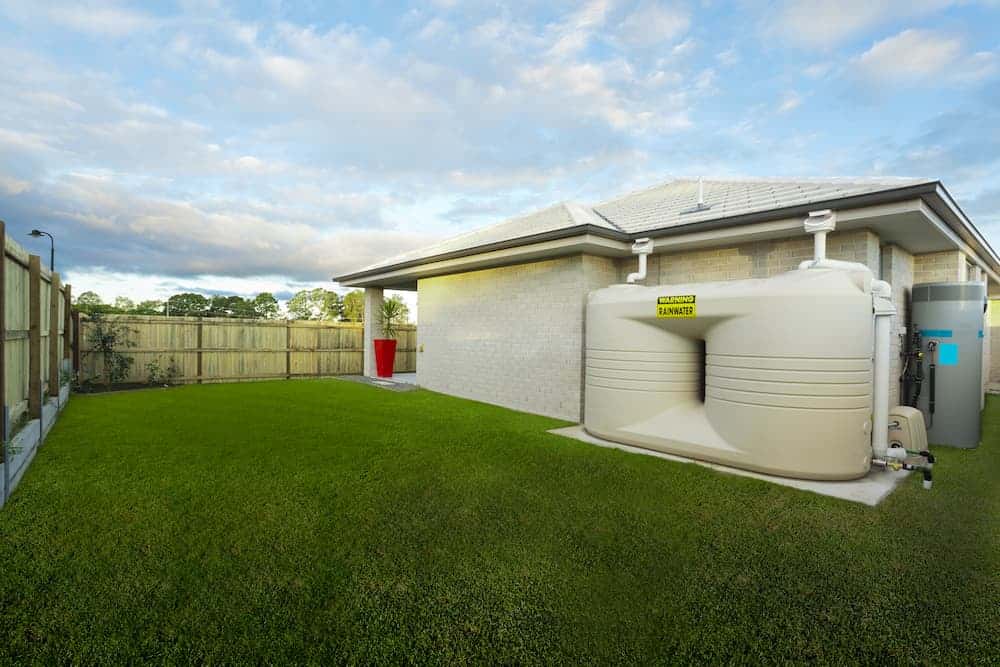
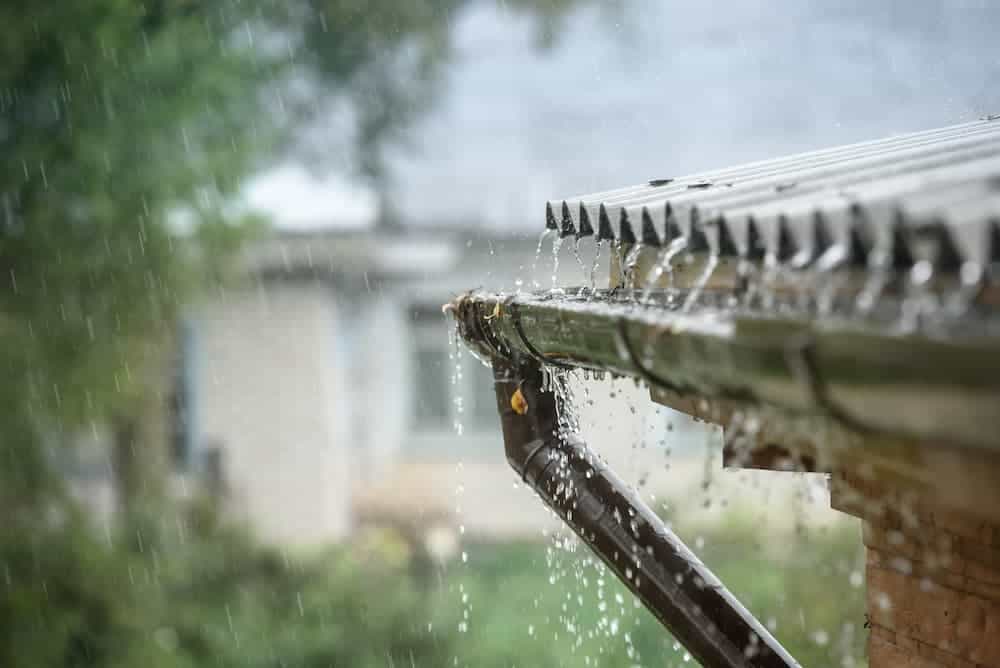
Environmental Factors
The environmental factors are crucial to protecting and maintaining water quality and quantity for your collection system. Environmental factors indicate risks of contaminants and ensure water collection efficiency seasonally. These factors include:
-
Surrounding vegetation
Leaves, twigs, and other organic debris collect in your gutters, downpipes, and tanks, contaminating the water quality. -
Animal and Pest Exposure
Animals and pests such as birds, possums, vermin, and insects can contaminate groundwater and rain tank water quality. -
Local Seasonality
Seasonal changes and the local average precipitation impact your rain harvesting system's design to consider the quantity.
Get clean drinking water straight from your tank with our gutter guard.
Gutter Guard Recommendations For Rainwater Harvesting
At Aussie Gutter Protection, we have a wide range of products that can be used as part of a rainwater harvesting system. Gutter guards are an essential element that filters your rainwater at the initial stages of the water collection process from large debris such as leaves and branches out of the gutter and stop sediment build-up.
A gutter guard reduces the risk of salmonella and parasites from birds and pests in your rainwater distribution system. Installing gutter guards can make the system far more reliable, ensuring components like the first flush diverter and filters don’t clog with debris easily.
There is no one size fits all gutter guard system: a house in Dubbo, NSW, with a high bushfire risk will have very different requirements from a home in metropolitan Melbourne. Aussie Gutter Protection can recommend products to optimise your rainwater harvesting system.
Australian Standards
FAQS
What is rainwater harvesting?
It’s a smart way to collect and store rainwater for various uses. It involves capturing rainwater that falls on roofs, landscapes, or other surfaces and storing it in containers or underground tanks. This collected water can then be used for things like watering plants, flushing toilets, or even drinking after proper treatment. It's an eco-friendly practice that helps conserve water and reduce the strain on traditional water sources like rivers and reservoirs.
How does rainwater harvesting work?
Rainwater harvesting works by directing rainwater from roofs, driveways, or other surfaces into collection systems, such as gutters. From there, the water is channelled into storage tanks or cisterns. These containers can be above ground, underground, or even integrated into buildings. In addition, filters are often used to remove debris and contaminants.
Is rainwater harvesting sustainable?
Yes, rainwater harvesting is a sustainable practice. By collecting and using rainwater for various purposes, it eases the demand on traditional water sources. This conserves water, especially in areas prone to drought. It also helps prevent soil erosion and flooding by managing rainwater runoff. On top of that, rainwater harvesting promotes self-sufficiency and decreases the energy required for water treatment and distribution. Overall, it's an environmentally-friendly approach that contributes to long-term water resource sustainability.
Why is important to have a rainwater harvesting system?
Along with being sustainable and environmentally friendly, there are several other reasons that these systems are important. Firstly, it provides a healthy water source. Rainwater, collected and filtered properly, offers a chemical-free alternative to treated tap water. This is particularly appealing in areas where the mains water might be of poor quality, with issues like saltiness, metals, or unpleasant taste. Additionally, in rural and bushfire-prone regions, rainwater collection acts as a secondary water source, vital for protecting properties from fires. What’s more, rainwater harvesting helps meet house regulations. Many governments now mandate rainwater tanks in new homes to save water, improve efficiency, and avoid penalties for high water use. This approach benefits health, property safety, and adherence to regulations.
How much does it cost to install a rainwater harvesting system?
The cost can vary depending on factors like the system's size, complexity, and location. At Aussie Gutter Protection, we offer free quotes for rainwater harvesting systems to help you make informed, cost-effective choices for your property's water needs.

